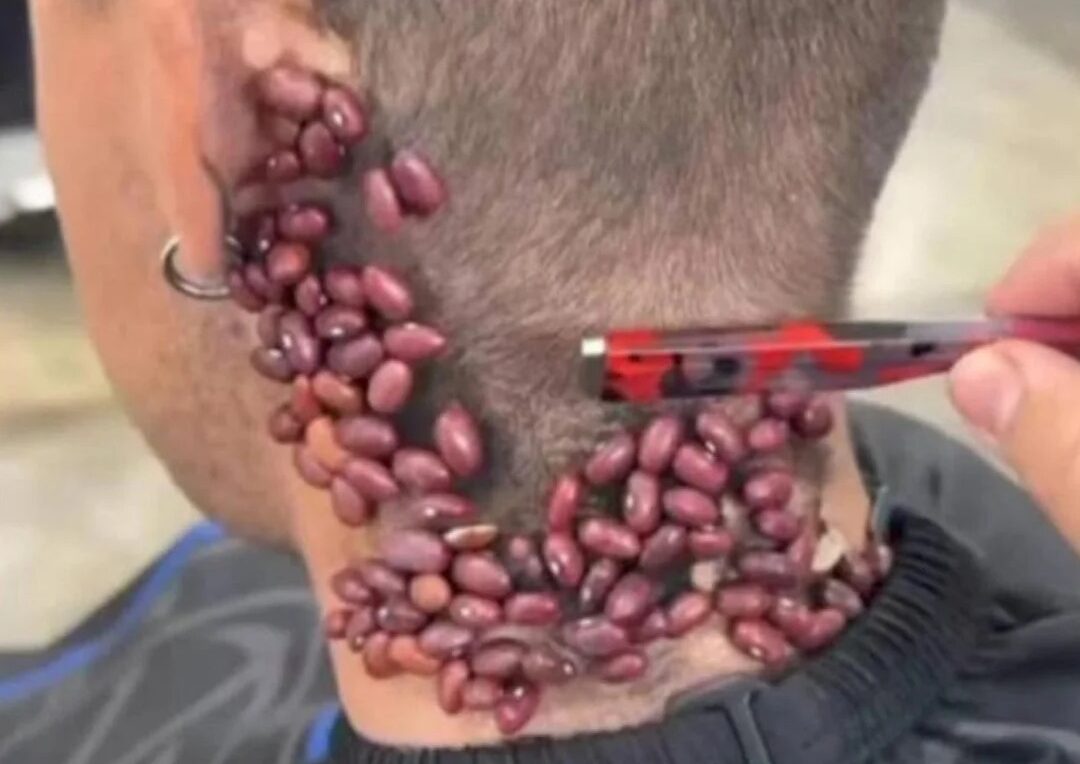What Is Head Lice? Symptoms, Causes:

Signs and Symptoms of Head Lice – Not all people with head lice exhibit the very same lice symptoms. But the most common signs that you might be dealing with a head lice infestation include:
Itchiness This may be felt on the scalp, neck, or ears. Itching is often a sign of an allergic reaction to louse saliva or feces.
(Of note: For folks dealing with their first infestation, itching may not occur until two to six weeks after the outbreak begins.)
Trouble Sleeping Lice are more active in the dark, so those with an infestation may experience issues falling asleep thanks to this uptick in movement.
Red Bumps or Sores For some, the infestation may go hand-in-hand with a rash, which can lead to excessive scratching. This can lead to a bacterial infection, complete with swollen lymph glands, tender skin, and oozing sores. If this occurs, your physician may treat the infection with an antibiotic.
Visible Nits While the presence of nits does not always indicate that there’s an active infestation, it can. Look for oval-shaped nits that are about the size of a grain of sand, stuck to the base of the hair shaft, closest to the scalp. At times, nits appear to be the same color as the hair in which they reside, making them very hard to spot. Empty or hatched nits are lighter in color and further from the scalp and can be easier to see. When not mimicking the host hair color, nits look yellow or whitish, which is why nits are often confused with dandruff or droplets of hair spray.
Visible Nymphs or Lice Both nymphs (young lice) and mature head lice remain small — the size of a pinhead and the size of a sesame seed, respectively. They can be found on the scalp, around the ears, or at the base of the neck. They’ve got six legs and hook-like claws, and adults are often tan or grayish white. They may appear darker if their host has dark hair, though. (1) They may also appear red if filled with blood.
